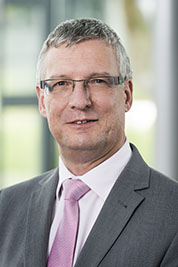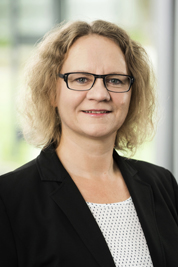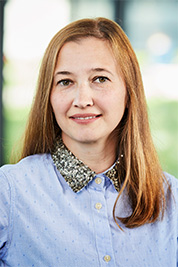FAQ: Licenses
1. What is a license?
A license is a form of right of use that can be limited, for example, by subject matter or territory. A licensee acquires the right to use a KIT industrial property right (for example, a patent) in his or her company. If a company uses a protected KIT technology without having it licensed beforehand, it infringes KIT's rights.
2. What is a license agreement?
A license agreement regulates the granting of the right of use, the license fees to be paid for it, and further details, such as the licensor's liability and warranty.
3. What is licensable?
- Know-how
- Applications for property rights
- Property rights
- Software
4. When is "know-how" licensable?
Know-how is licensable if it meets the criteria "commercially applicable", "documented", "secret" and "essential for the technology".
5. May I also license software?
Yes, as long as it is owned by KIT. There are many ways to license software. Open Source is an umbrella term for several licensing models. In addition to the open source license, there is also proprietary software that is licensed by means of traditional license agreements.
6. Shall I / May I provide the software developed by me "open source"?
The choice of an "open source" strategy should be discussed with your supervisor and license managers at IRM.
7. How do I proceed with the marketing of software?
The potential marketing channels for the software should be discussed and identified with your supervisor and IRM.
8. Are "open source" and commercial licenses mutually exclusive?
No, depending on the model, "open source" and commercial licenses can be combined.
9. Who negotiates license agreements for KIT?
The IRM-IPM negotiates license agreements for the KIT in cooperation with the scientific institutes.
10. What are suitable licensees?
The licensee should be able to enter the market with the licensed product. This requires technical knowledge and knowledge of the market.
11. May a start-up or a spin-off be a licensee?
Yes, spin-offs are explicitly desired at KIT. The IRM Theme Field Start-ups & Participations (GRB) is a competent partner for this special field of Technology Transfer.
12. How do I, my institute, and KIT benefit from license agreements?
The KIT-PAL regulates the remuneration of inventions, software, and qualified technical improvement proposals as well as the handling of KIT license income. In the case of industrial property rights, for example, the remuneration V for the inventors of the licensed inventions is calculated according to the formula V = E x 30%, with E = the parts of the gross license income attributable to the invention. The binding detailed description of all regulations can be found in the latest pdf document KIT-PAL (Intranet).
13. How does working with a licensee look like?
The exact cooperation with a licensee can take different forms and is negotiated individually in the contract.
14. What possibilities result from license agreements for my research?
Licensing agreements offer a wide range of possibilities, among other things they give new impulses and enable practice-oriented research and the acquisition of third-party funds.
15. Do I have to take care of the administration of license agreements?
No, you do not have to take care of the administration yourself. IRM takes care of "contract maintenance" and billing for you.
16. Do I incur costs?
No, the opposite is the case. Your institute receives 20 % of the licence fees.
17. What other types of contract are there?
There are many different types of contracts, such as rental and usage agreements, cooperation agreements, non-disclosure agreements and many more.
18. May licence agreements be combined with cooperation agreements?
Frequently, a cooperation agreement is concluded together with a license agreement in order to further develop an R&D result in an industry-oriented manner.
19. Will I get support in the search for licensees?
Yes, our innovation managers will support and consult you in the search for licensees.
20. How can I make companies aware of my development?
To make companies aware of your development, conferences and trade fairs are particularly suitable. The IRM-IPM is an experienced service partner that can support you in your communication with industry and investors.
21. How long does it take to find a licensee?
The time span depends on many factors, such as the state of development of the technology.
22. How can I help to market my development?
Find out for which industries and industry sectors your invention could be of importance, so that companies can be targeted for your development. Please contact the Technology Marketing Department for further information on marketing.






